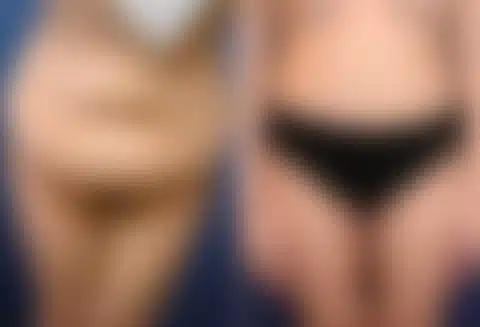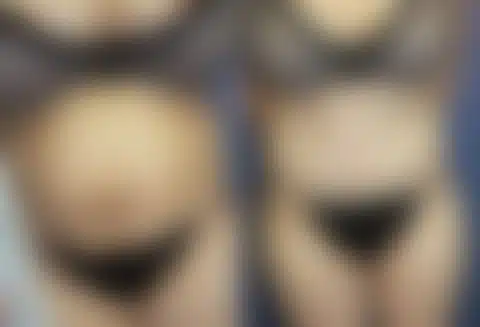Dr. Ember Ewings performs tummy tuck surgery in Eau Claire, Wisconsin, for women and men who are struggling with the appearance of their midsections. A flat, firm stomach is a top goal for most people, but this troublesome area often resists the positive effects of diets and exercise. Tummy tuck surgery at the Plastic Surgery Clinic of Eau Claire provides patients with a flat, contoured abdomen when weight loss, pregnancy, and/or age have left behind sagging skin and lax muscles.
Dr. Ewings is a top Wisconsin surgeon, and she offers a full range of body contouring and tummy tuck procedures, including upper and lower tummy tuck, mini tummy tuck, belt lipectomy, and panniculectomy.
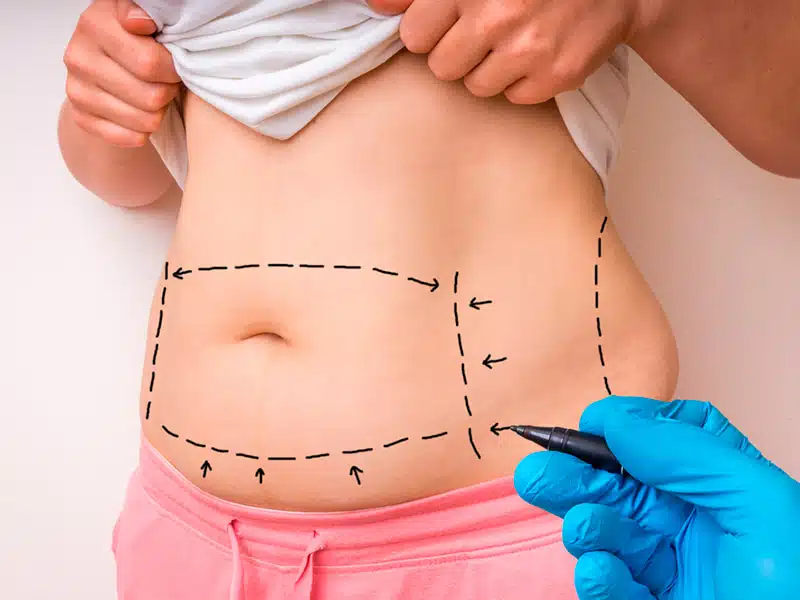
Tummy Tuck Before-and-After Results Photos
Dr. Ewings shares some of her patients’ exceptional tummy tuck results in her online gallery of tummy tuck before-and-after photos. As a body contouring and tummy tuck expert, Dr. Ewings customizes each tummy tuck procedure to match the patient’s specific goals.
Tummy Tuck Before and After Photos
* Each patient is unique and individual results may vary.
What is an Abdominoplasty?
A tummy tuck (abdominoplasty) tightens the abdominal muscles, removes excess fat and skin as well as some stretch marks, adjusts the belly button, and sculpts the waist and stomach using liposuction techniques. Abdominoplasty surgery is best for:
- Woman after pregnancy
- Men and women after extreme weight loss
- Men and women who struggle with stubborn belly fat and loose skin
Dr. Ewings specializes in different types of abdominoplasty surgery, including the belt lipectomy, which removes hanging abdominal skin and contours the abdomen, butt, and thighs after significant weight loss. Individuals who maintain a healthy diet and exercise program can anticipate long-lasting results.
Reasons People Choose Tummy Tuck
Dr. Ewings performs abdominoplasty for individuals who desire a firm, tight abdominal area. Motivated patients primarily consider tummy tuck procedures for cosmetic reasons, but the surgery can also provide medical benefits.
Abdominoplasty Cosmetic Surgery Benefits
- Flat, “pre-pregnancy” abdomen
- Removes lower abdominal stretch marks
- Tightens weak abdominal muscles
- Improves posture
- Increases self-esteem and confidence
- Restores a toned abdomen following significant weight loss
- Tightens and removes loose hanging skin and excess fat
- Creates a younger-looking, contoured appearance
Tummy Tuck Medical Benefits
Stress urinary incontinence (SUI): Stress urinary incontinence is more common in women and involves urine leakage caused by forceful actions like coughing and laughing. Studies show that a tummy tuck may reduce stress urinary incontinence.
Back pain: Weak stomach muscles may cause chronic back pain. An abdominoplasty procedure can help by tightening the abdominal muscles that provide needed support, which can eliminate back pain.
Poor posture: A tummy tuck provides support for the spine and can improve the patient’s posture.
Panniculus: Panniculectomy uses tummy tuck techniques to restore mobility for patients experiencing apron-like heavy extra skin after extreme weight loss.
Types of Abdominal Surgery
Dr. Ewings is an experienced abdominoplasty surgeon who offers different tummy tuck procedures, including:
Belt Lipectomy
A belt lipectomy is a combination body contouring procedure that includes a tummy tuck. The incision extends around the posterior waistline over the upper buttocks, in a pattern similar to a belt. Dr. Ewings may recommend a tummy tuck belt for patients who struggle with excess skin or fat on their abdomen thighs, hips, or butt due to significant weight loss.
Mini Tummy-Tuck
Dr. Ewings may recommend a mini tummy tuck for individuals who are experiencing only a small amount of abdominal fat and mild to moderate muscle laxity. The recovery is shorter than that of a full tummy tuck. The incision is made in roughly the same location as a C-section scar, and a mini tummy tuck scar can often replace and reduce this type of scar.
Full Tummy-Tuck
Dr. Ewings may recommend a full tummy tuck for patients who want to rejuvenate the entire abdomen, including the areas above and below the belly button. An upper and lower tummy tuck also removes some stretch marks from the lower abdomen. Liposuction removes stubborn pockets of belly fat, including a muffin top and love handles.
Panniculectomy
Dr. Ewings may recommend panniculectomy (skin removal surgery) for patients who have a panniculus hanging from their abdomen. This apron-like skin may develop after gastric or intestinal bypass surgery or extreme weight loss resulting from changes in fitness and nutrition.
A panniculus can cause skin irritation, lower back pain, difficulty walking, and fungal infections. The goal of panniculectomy is to create smoother abdominal contours and to remove heavy, restrictive skin. It does not usually include tightening the stomach muscles.
Ideal Candidates for a Tummy Tuck Procedure
Potential tummy tuck candidates must meet with Dr. Ewings during a private consultation in Eau Claire, Wisconsin, before scheduling a tummy tuck procedure. Ideal candidates are men or women who have loose, hanging belly skin and poor abdominal tone. Dr. Ewings examines each patient, listens to their goals, and reviews their health history to determine if a tummy tuck is right for them. She then creates a customized treatment plan for approved candidates and clarifies all of the patient’s doubts about tummy tuck myths and how to prepare for an abdominoplasty procedure.
Dr. Ewings recommends that women planning to have more children should wait until they have completed their families to have tummy tuck surgery. Tummy tuck surgery is not a weight-loss strategy, so patients must already be at a stable weight. The surgeon may make recommendations such as body sculpting liposuction for patients with little to no sagging skin.
Why Choose Dr. Ember Ewings
For over a decade, Dr. Ember Ewings has taken pride in delivering excellence in plastic surgical care. She earned her medical degree from the University of Wisconsin-Madison School of Medicine and completed her surgical residency training in plastic surgery at Saint Louis University. Additionally, she gained extensive experience in pediatric and craniofacial surgery during her fellowship at the University of Tennessee – Memphis, and Hôpital Necker-Enfants Malades in Paris, France. Dr. Ewings is also Board Certified by the American Board of Plastic Surgery.
Dr. Ewings has enjoyed caring for patients of all ages from across the upper Midwest, and performs both cosmetic surgical, non-surgical, and reconstructive procedures, and is delighted to be able to provide outreach services in Durand, Wisconsin.
She owns and operates the Plastic Surgery Clinic of Eau Claire in Eau Claire. Prospective patients can reach Dr. Ewings through her online Consult Form, or at her practice, Plastic Surgery Clinic of Eau Claire – 715.833.2116 or 800.456.8222.
The Abdominoplasty Procedure
Most abdominoplasties are performed under general anesthesia as an outpatient procedure. The location of the incision will vary depending on the type of tummy tuck.
The mini tummy tuck requires a small incision just above the pubic area. The procedure tightens the muscles and lax skin in the area under the belly button and leaves the upper abdominal region undisturbed. Dr. Ewings may perform Liposuction Wisconsin to remove fat and sculpt the abdomen.
The surgical technique known as a full tummy tuck entails creating a horizontal incision between the hips, extending from the belly button to the pubic region. The surgeon creates an incision around the belly button and skillfully repositions and smooths the skin and muscles. Dr. Ewings uses lipo to finish contouring the stomach area.
The panniculectomy incision is similar to the full tummy tuck. The surgeon removes heavy, excess skin from beneath the belly button, pulling the upper surface down and trimming it. The surgeon may also perform liposuction. Dr. Ewings repositions the belly button when circumstances allow. Loose skin surgery does not include tightening the abdominal muscles, and a vertical incision is sometimes required.
A belt lipectomy is an extensive surgery that involves a full tummy tuck, the relocation of the belly button, liposuction, and tightening of the lax skin and muscles in the buttocks and thighs. The incision circles the waistline.
Dr. Ewings may use sutures, skin adhesives, clips, or surgical tape to close the incisions. The surgeon will share after-care instructions, including what to expect after a tummy tuck, during the consultation.
Tummy Tuck Recovery Process
Dr. Ewings provides each patient with postoperative tummy tuck instructions, prescription pain medication, and antibiotics to prevent infection. Most tummy tuck patients will feel somewhat better 7 days after surgery. Dr. Ewings examines patients a week after the surgery to assess their results and provide incision care instructions during the healing process.
Most tummy tuck patients return to work and normal physical activities after two weeks. Patients must wear an abdominal garment for about six weeks to support the abdominal area, reduce the risk of excess fluid buildup and ensure proper healing. Tummy tuck scar care will be discussed as necessary.
The recovery period is shorter after a mini tummy tuck, but mini-tuck patients must also avoid strenuous activities and heavy lifting for six weeks.
Frequently Asked Questions About Tummy Tuck
Schedule your Tummy Tuck Today
Dr. Ember Ewings, is a highly-experienced, board-certified plastic surgeon serving Western Wisconsin and St. Croix Valley. Call 800.456.8222, send an email, or fill out our contact form to request a private consultation with Dr. Ewings at the Plastic Surgery Clinic of Eau Claire.
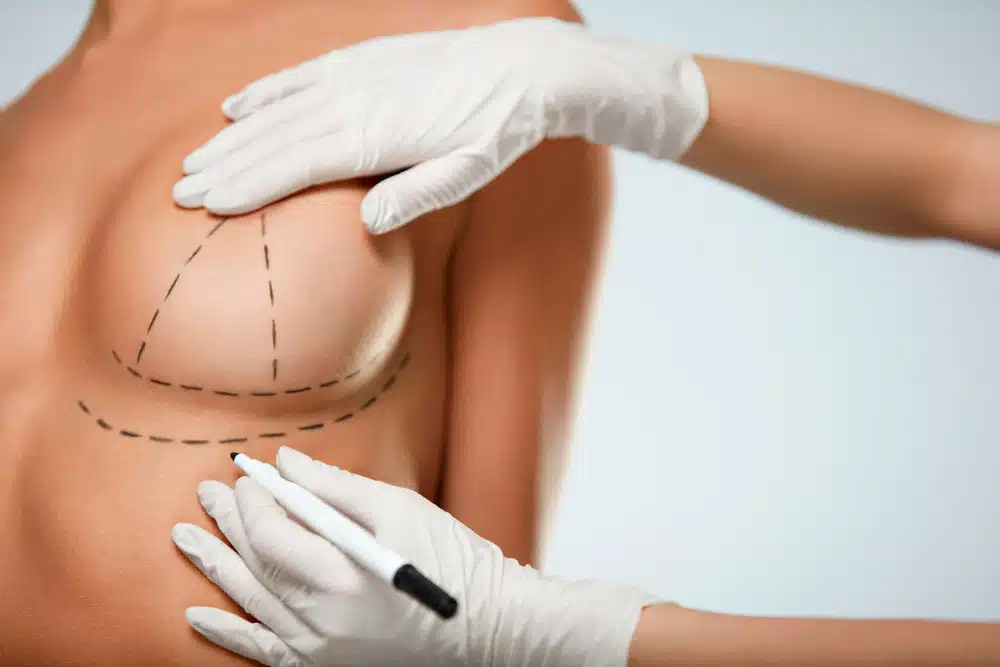
Breast Lift
Dr. Ewings customizes each breast lift to match her patient’s unique aesthetic goals for beautifully-shaped, perky breasts and lifted nipples.
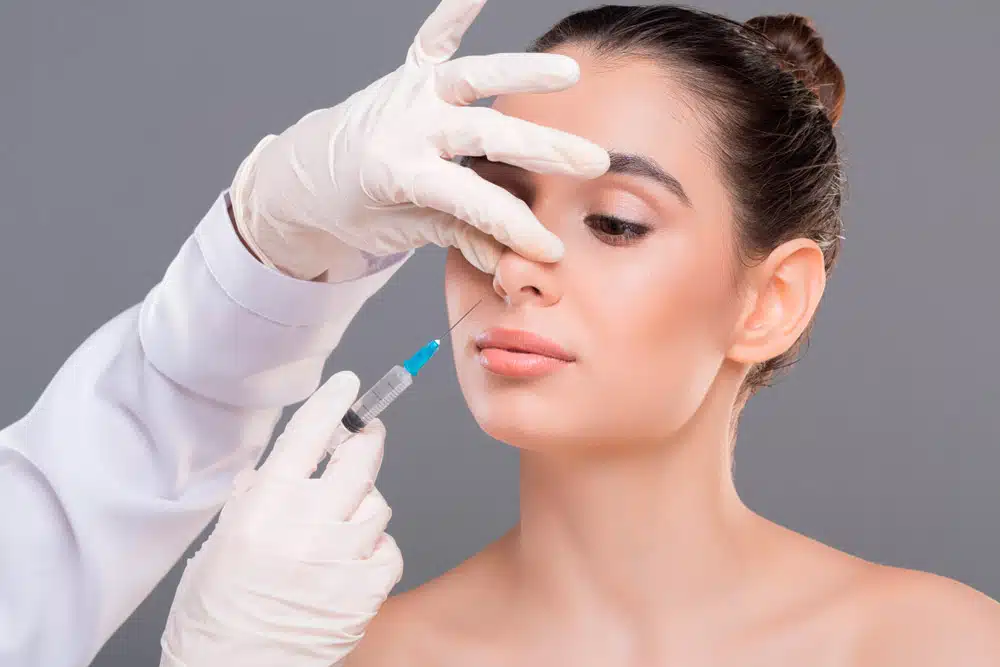
Liquid Rhinoplasty
Dr. Ewings can fill in indentations, subtly improve the shape of the nose, and even enhance facial balance by making small adjustments to the nose.
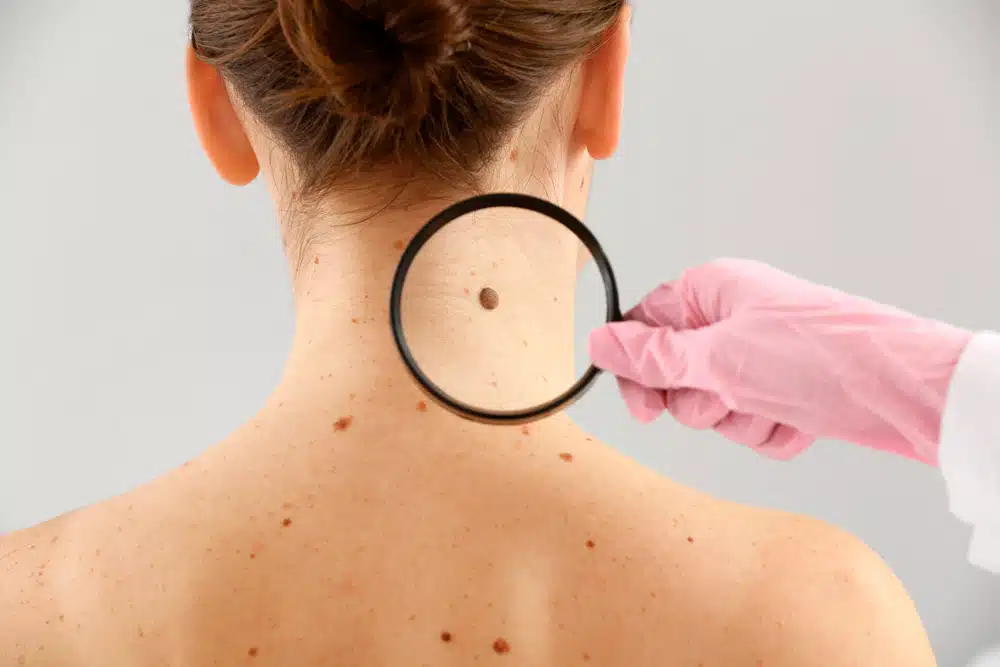
Skin Cancer Treatment
Skin cancer is the most common form of cancer in the United States. More than 600,000 new cases are reported each year.


